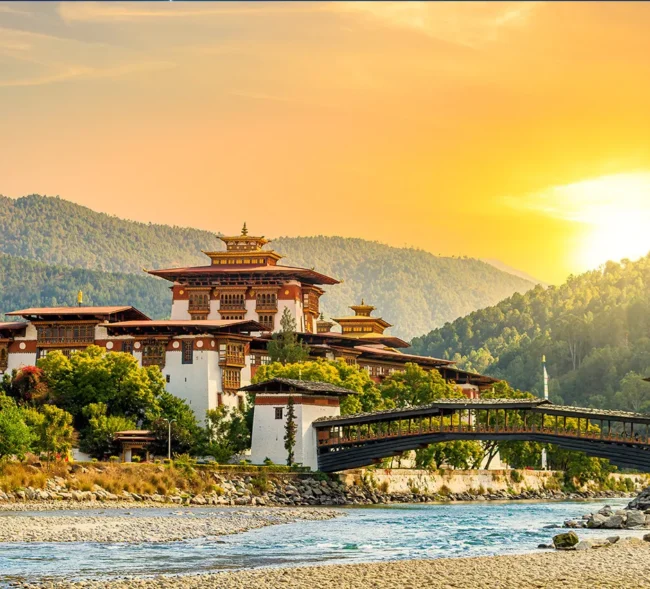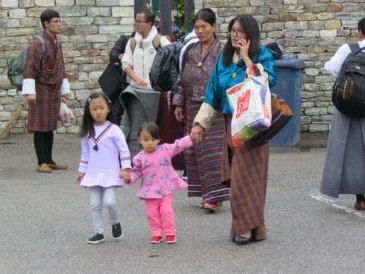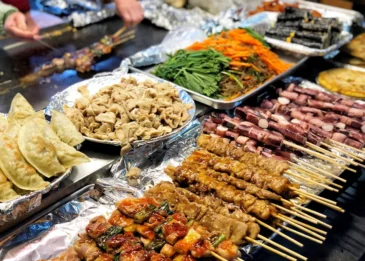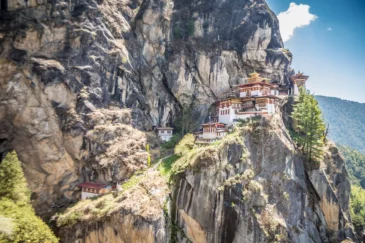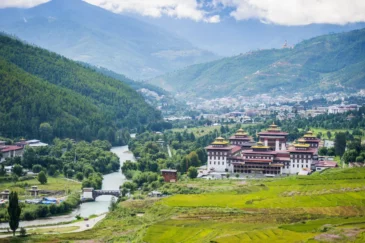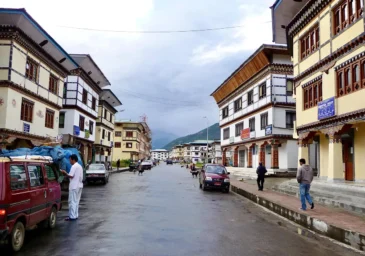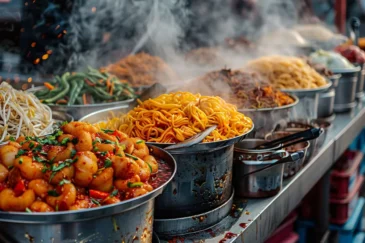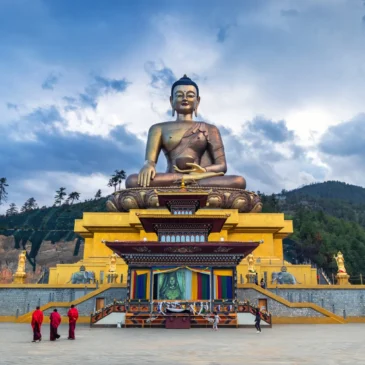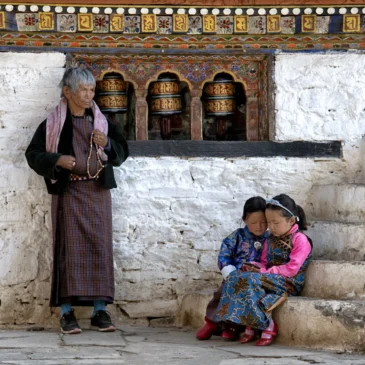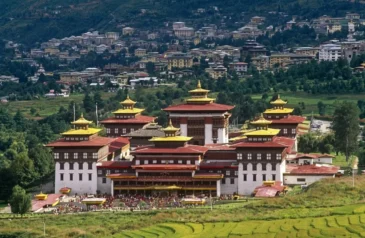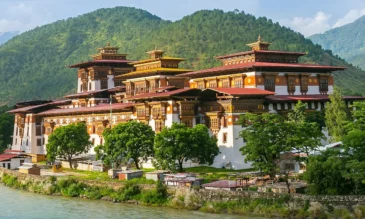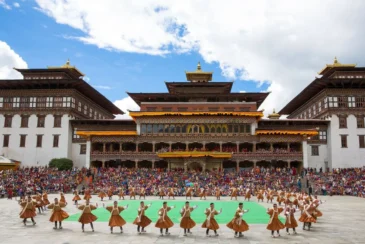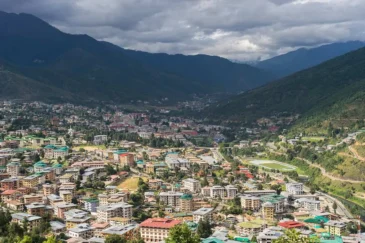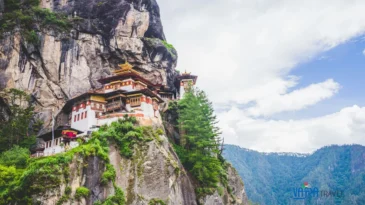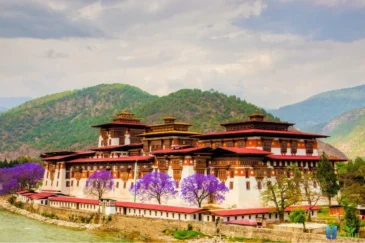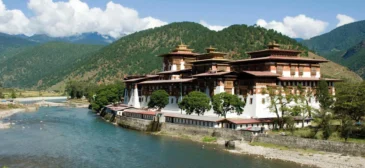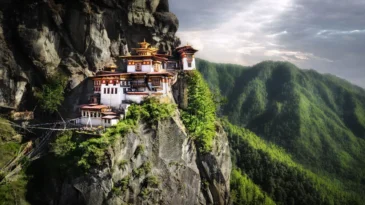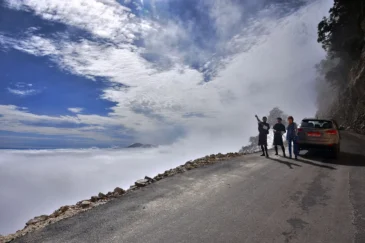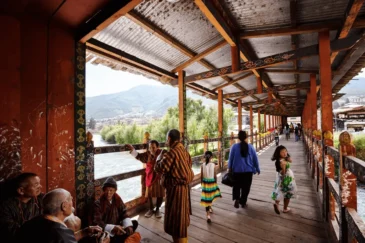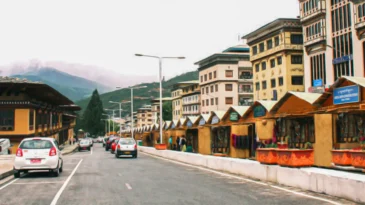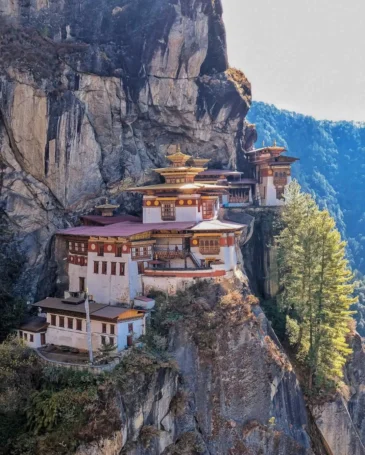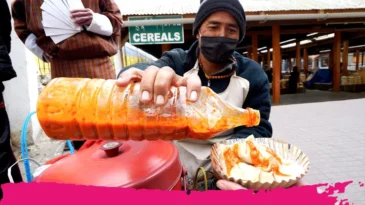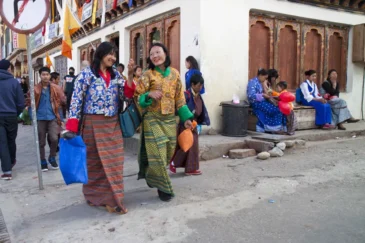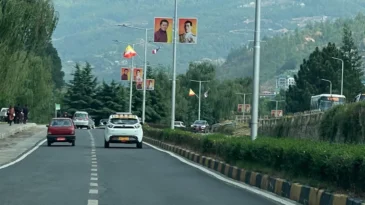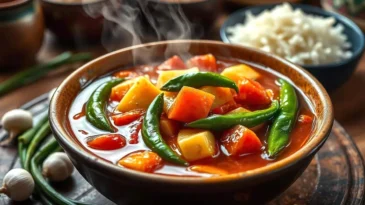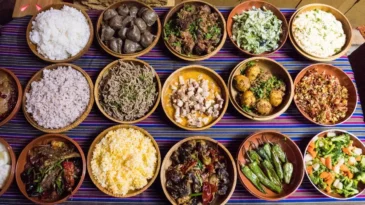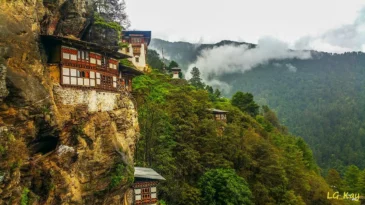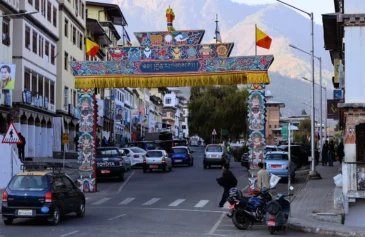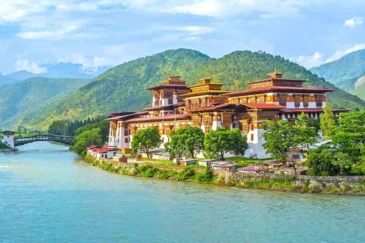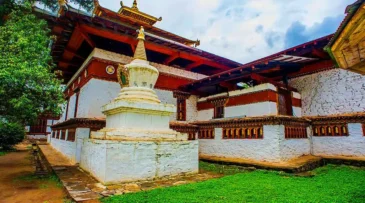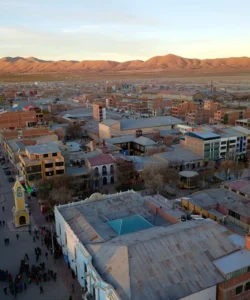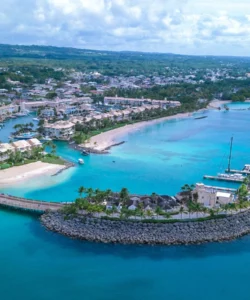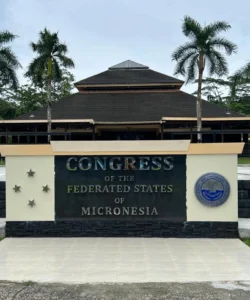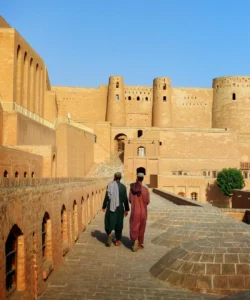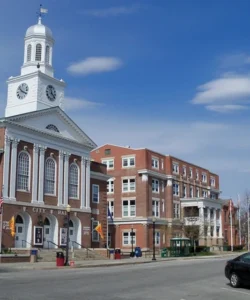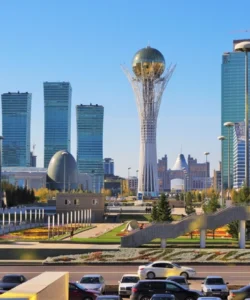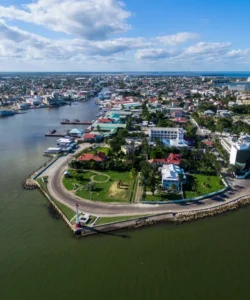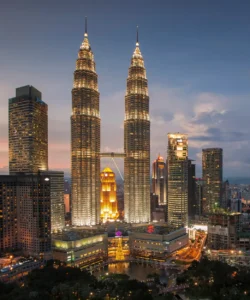Bhutan, often known as the “Land of the Thunder Dragon,” is a landlocked country nestled in the Eastern Himalayas. It’s renowned for its stunning landscapes, rich Buddhist culture, and unique philosophy of Gross National Happiness.
Area and Population:
Bhutan covers an area of approximately 38,394 square kilometers (14,824 sq mi). As of recent data, its population is over 727,145 people.
Language:
The official language of Bhutan is Dzongkha. It’s rooted in old-Tibetan and is the native language of the Ngalops, the largest ethnic group in Western Bhutan. While Dzongkha is official, Bhutan is home to many indigenous languages and dialects, including Tshanglakha (Sharchopkha) primarily spoken in Eastern Bhutan, and Lhotshamkha, spoken by communities of Nepali origin in the south.
Currency:
The currency of Bhutan is the Ngultrum (BTN). The Ngultrum is pegged at par with the Indian Rupee (INR), and Indian currency is also widely accepted as legal tender.
Religion:
Bhutan is the only Mahayana (tantric) Buddhist Kingdom in the world. Buddhism is the official religion, with approximately 70% of the population adhering to either Drukpa Kagyupa or Ningmapa Buddhism. Hinduism is also practiced by a significant portion of the population (around 28%), and smaller percentages follow Islam and Christianity.
Capital and Major Cities:
The capital and largest city of Bhutan is Thimphu. Other notable cities and towns include:
- Paro: Home to the international airport and iconic Tiger’s Nest Monastery.
- Punakha: The ancient capital, famous for Punakha Dzong.
- Phuntsholing: A commercial hub and the southern gateway to India.
- Trongsa: A medieval town with a significant dzong.
- Jakar: Located in the Bumthang Valley, known for its spiritual sites.
Attractions and Wonders:
Bhutan boasts a wealth of natural and cultural attractions. Some of the most prominent include:
- Tiger’s Nest Monastery (Paro Taktsang): An iconic monastery dramatically perched on a cliffside.
- Punakha Dzong: Considered one of the most beautiful dzongs, located at the confluence of two rivers.
- Tashichho Dzong (Thimphu): The main administrative and religious center in the capital.
- National Memorial Chorten (Thimphu): A prominent Buddhist stupa.
- Kyichu Lhakhang (Paro): One of the oldest and most sacred temples in Bhutan.
- Phobjikha Valley (Gangteng Valley): A vast U-shaped valley known for its conservation efforts and as a winter home for black-necked cranes.
- Jigme Dorji National Park: A large protected area with diverse flora and fauna.
Architecture:
Traditional Bhutanese architecture is distinct and beautiful, characterized by ornate details, vibrant colors, and intricate carvings. Key architectural styles include:
- Dzongs: These impressive fortress-monasteries serve as both religious and administrative centers. They are large, whitewashed structures with inward-sloping walls, large courtyards, and distinctive tiered roofs.
- Lhakhangs (Temples) and Goenpas (Monasteries): Often single-story structures with high thresholds, adorned with red stripes and gilded copper roofs.
- Chortens (Stupas): Receptacles of worship, varying in style from large domed structures to smaller, flared ones.
- Traditional Houses: Built using traditional techniques and materials, often featuring elaborate window frames and painted motifs.
Roads:
Bhutan has a limited but developing road network. The main artery is the East-West Highway, also known as the Lateral Road, which connects Phuentsholing in the southwest to Trashigang in the east, with spurs leading to major towns like Thimphu, Paro, and Punakha. While the network is not extensive, road conditions are improving, with around 60% of the 8,050 km of roads being paved.
Cuisine:
Bhutanese cuisine is known for its liberal use of chili and cheese, often featuring red rice as a staple. Key ingredients include local vegetables (seasonal), dried or preserved meats, and various cheeses from yak or cow milk.
- Ema Datshi: Considered the national dish, it’s a spicy stew made with chilies and a creamy cheese sauce, often served with red rice.
- Kewa Datshi: Potatoes and cheese.
- Shakam Paa: Dried beef fried with chilies.
- Sikkam Paa: Sun-dried pork belly, usually fried with chili.
- Jasha Maru: A spicy chicken stew with ginger, garlic, and tomato.
- Momo: Dumplings with pork or beef, served steamed or fried.
- Suja: Traditional butter tea, often made with salt.
Dining experiences are generally simple, with meals often prepared in one pot. Despite the strong flavors and spiciness, Bhutanese cuisine is unique and authentic.
Annual Travel:
Bhutan operates under a “high-value, low-impact” tourism policy, aiming to attract fewer tourists who spend more, minimizing environmental and cultural impact. Before the pandemic, annual tourist arrivals reached over 316,000 in 2019. Post-reopening (September 2022 – September 2023), Bhutan welcomed approximately 83,599 tourists, with a significant portion being regional visitors from India. In the initial four months of 2024, around 41,394 visitors arrived. Projections for 2025 suggest around 137,000 visitors.
